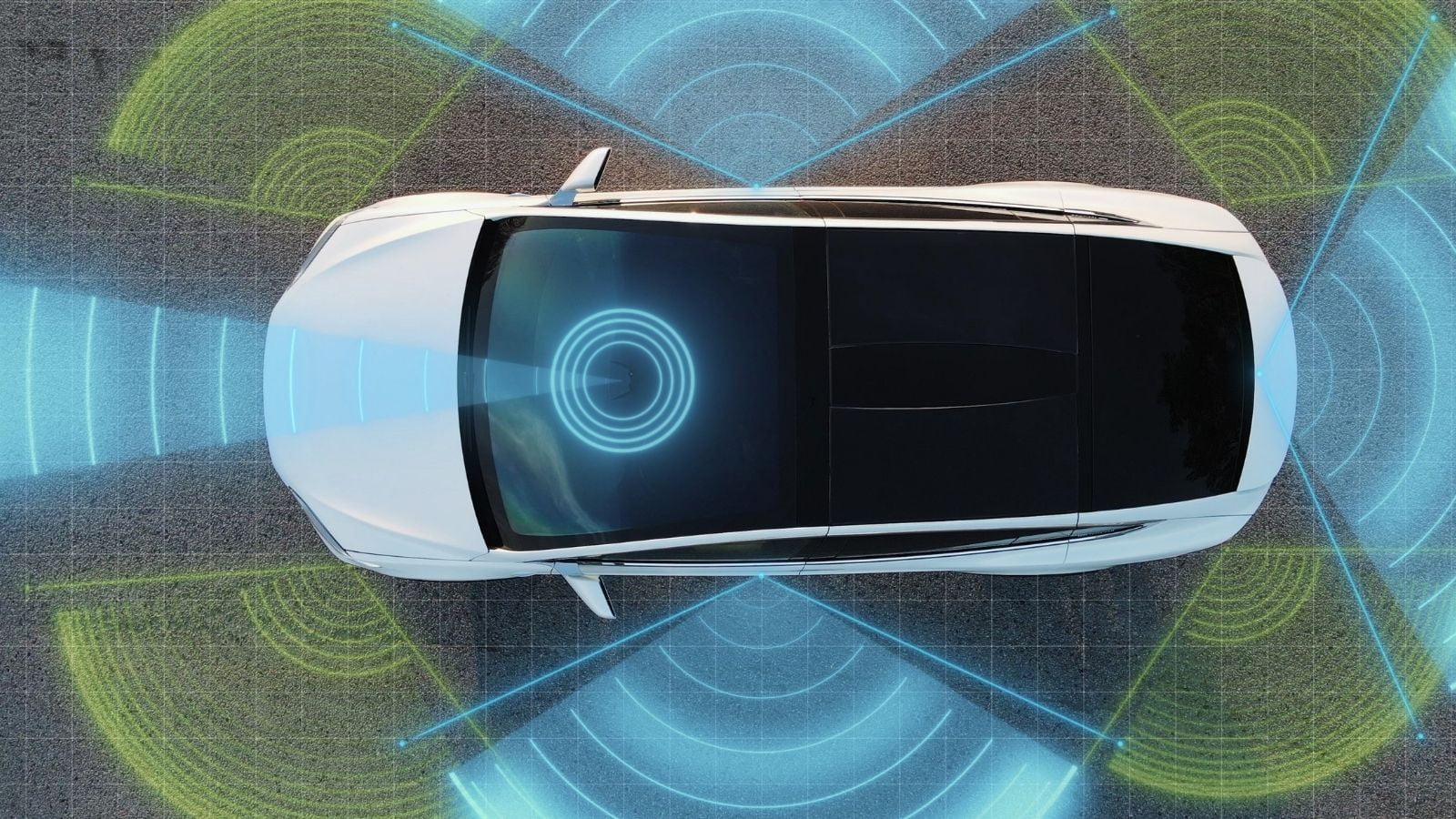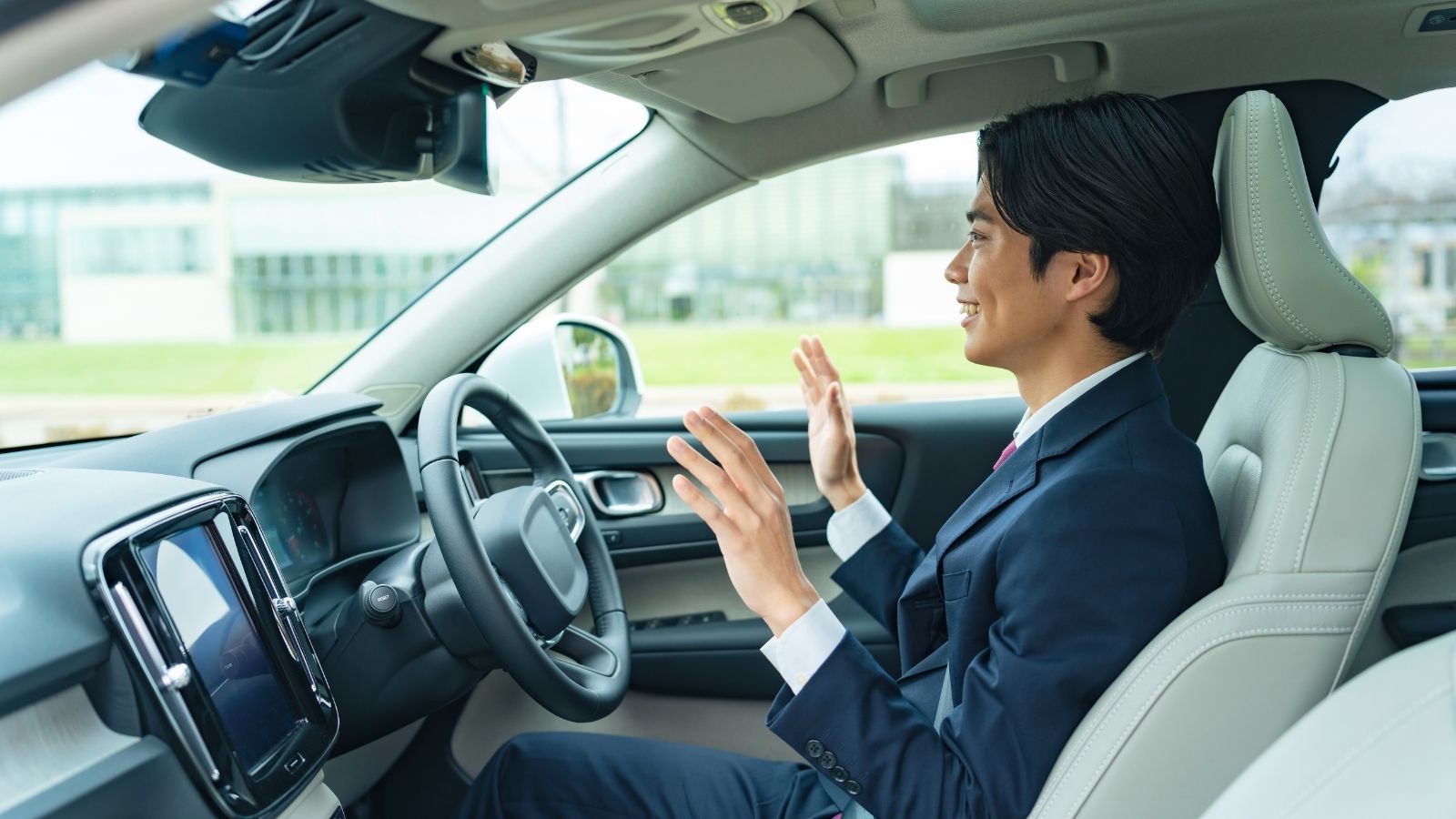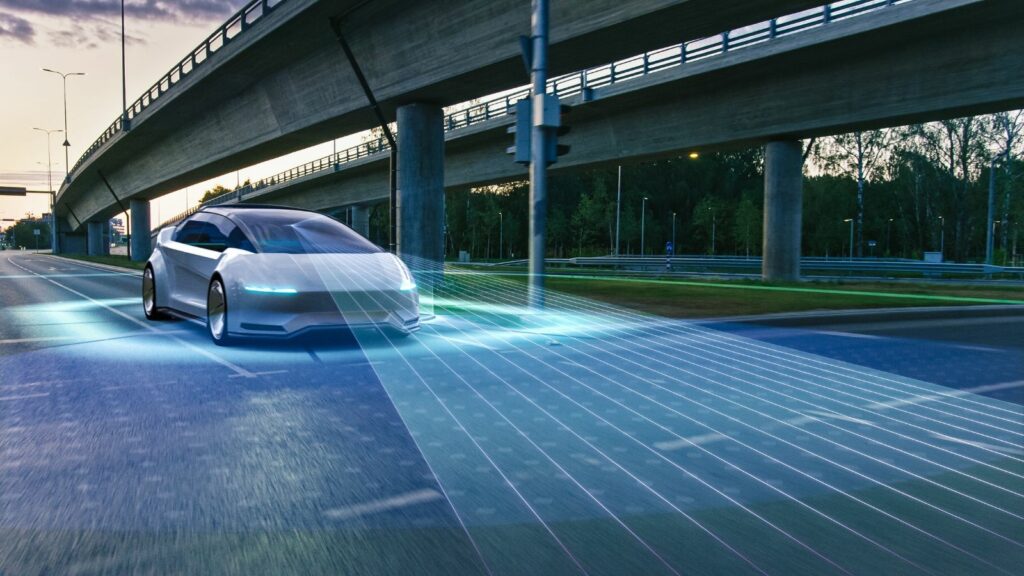Some drivers in California have been trying to turn regular cars into self driving machines using cheap hardware add ons and shared online software setups. These projects promise hands free driving at a fraction of the cost of factory systems. The idea has spread through car forums and social media, where people show step by step instructions for converting a normal vehicle into something that can steer, accelerate, and brake on its own. Now California officials are tightening enforcement. They say these modifications are unsafe for public roads and are preparing to penalize drivers who use them outside of controlled environments.
The Rise of Homemade Autopilot Kits

Online groups and video tutorials have introduced modules that plug directly into a car’s electronic control network. These kits usually include cameras, a compact computer, and software that uses online maps and lane detection. The systems often claim to provide lane centering, speed adjustments, and collision response. The original appeal was affordability. Instead of paying for a luxury model with advanced driver assistance, someone could install a small box behind the windshield and mimic similar features.
As these kits became more popular, the tone of discussion shifted. Many early adopters were hobbyists working on private property or test tracks. But as the technology improved, more users began taking these cars onto highways and busy public streets, where the margin for error is much smaller.
Regulators Say the Real Risk Is on Public Roads

California officials say they are not trying to stop innovation. The problem is that these systems have never undergone professional safety validation. Factory assisted driving technology goes through controlled testing, crash data analysis, and regulatory review. Homemade setups rely on community written code and borrowed hardware calibration.
One small software glitch could confuse road markings, misread a braking car ahead, or fail to detect a pedestrian. Regulators argue that self driving features require consistent performance, not hobby level tuning. They also stress that public roads should not serve as experimental test tracks.
Legal Enforcement Has Already Begun

Some drivers have already received citations after being pulled over with visible aftermarket autonomous hardware operating while the vehicle was in motion. In a few cases, modified cars were impounded while authorities evaluated the safety of the installed systems. The state is now working on clearer rules requiring any car using autonomous functions to meet the same approval process as commercial self driving vehicles.
This would mean documented testing, confirmed reliability under varied weather and lighting conditions, and built in monitoring systems that verify the driver is alert and ready to take control. Without these safeguards, the vehicle will not be considered legal for autonomous use.
Enthusiasts Say the Crackdown Is Unfair

People who experiment with these systems claim they are being singled out. Many argue that nearly every new model on the road already uses electronic throttle, electronic steering, and automated braking. In their view, they are simply enabling capabilities that car manufacturers have already built into the hardware. Some also point out that major companies deploy advanced driver assistance systems that still require driver oversight and are not perfect.
To these enthusiasts, the issue feels less about safety and more about control. They believe independent innovation is being treated differently from corporate innovation.
Why This Matters Beyond California

California is often the testing ground for national vehicle regulation. If the state enforces strict certification for any self driving function, other states may adopt similar rules. This could set the standard that only manufacturer approved systems are allowed on public roads. It may also influence how the aftermarket tuning and modification scene evolves in the future.
The message from the state right now is clear. You can experiment, build, and develop new technology. You just cannot test unfinished self driving software in live traffic where mistakes could affect others. The line between creative engineering and public safety is becoming more defined, and California is preparing to enforce it.
